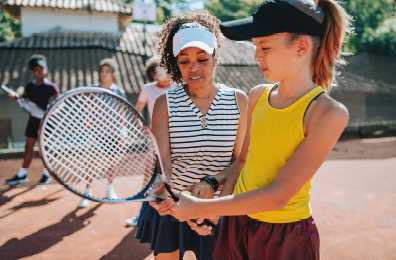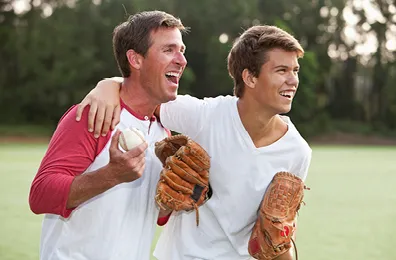Part of the Do's and don'ts series – how to keep children and young people safe in sport.
An approved person may photograph or film their child or young person when participating in sport.
To ensure the protection of children and young people’s images and identity, it is essential that appropriate safeguards are implemented.
Watch the video about taking photos or videos
Do
- Obtain permission from the child or young person’s parent or carer before taking any photos or videos. Approval could include electronic messaging formats such as email or SMS.
- Where appropriate, and possible, obtain consent from the child or young person.
- Ensure the context in which you are taking photos or videos of children or young people is directly related to their participation in your sport and will only be used for official purposes.
- Ensure the child or young person is appropriately dressed and posed.
- Appoint a photographer or videographer who holds a current WWCC and ensure they are supervised at all times.
- Store images (digital or hard copy) in a way that prevents unauthorised access by others and destroy or delete the images as soon as they are
no longer required. - Speak up if you see someone acting suspiciously
Don’t
- Take photos or videos of children or young people for personal use.
- Take or store images of children or young people involved in your organisation on personal devices.
- Distribute images or videos (including as an attachment to an email) to anyone outside the organisation without parent or carer knowledge and approval.
- Publish images or footage of a child or young person or identify the child or young person pictured, whether online or in print, without written consent from the child or young person’s parent or carer.
- Send photos or videos of a child or young person, directly to a child or young person, or to another person.



